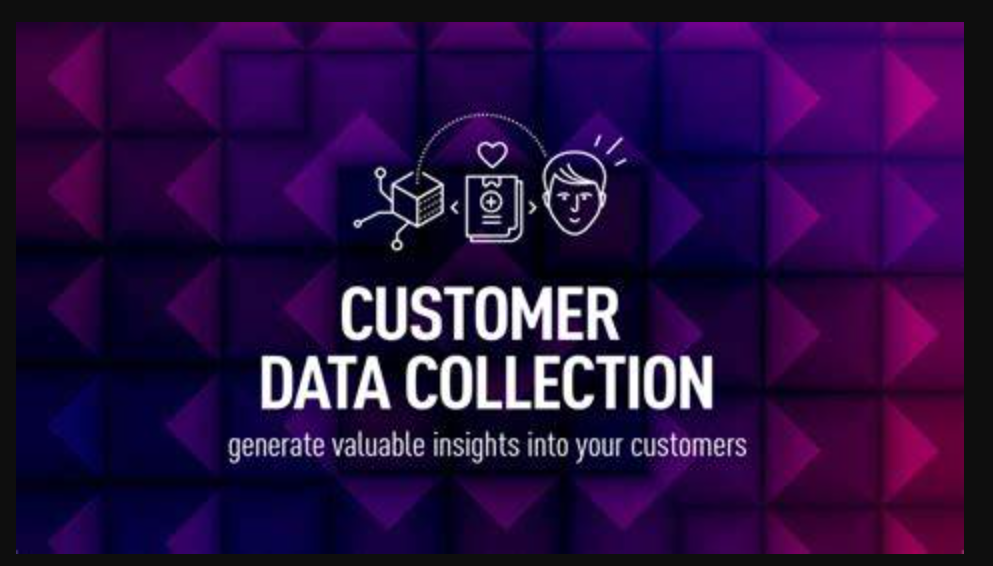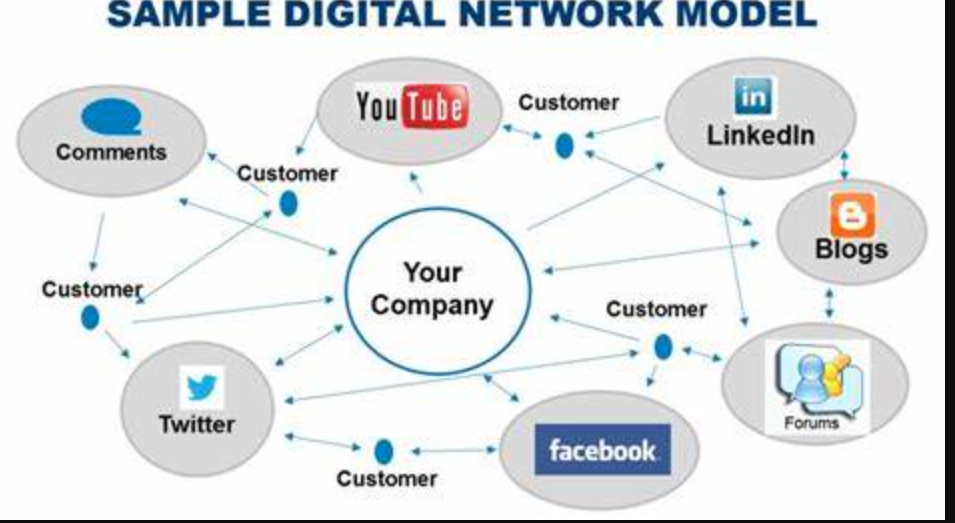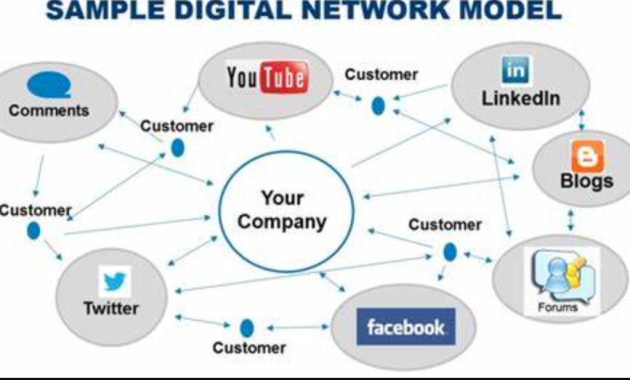icyberzone.xyz – That’s why information is so important. Businesses that can harness the power of data through Digital Marketing Analysis benefit greatly. By analyzing online interactions and user behavior, marketers unlock rich insights that can change strategy and drive success. This article provides an in-depth look into the world of digital marketing analytics, the basics, benefits, key metrics, and implementation methods
What is digital marketing analysis?
Digital marketing analysis is the process of collecting, analyzing and interpreting data from different online channels. This information is used for marketing purposes including site visits. User engagement, social media engagement, email marketing efficiency, and even customer acquisition costs. The ultimate goal of digital marketing analysis is to extract actionable insights that can guide effective marketing strategies and campaign optimization.
Key benefits of digital marketing analysis
The benefits of digital marketing analytics are many and far-reaching. Let’s take a look at how data can help companies achieve their marketing goals:
- Learn about customer behavior: Data analysis reveals valuable insights into how customers interact with your brand online. Can you see which pages they visit and what content resonates with them? How did they navigate your website? This knowledge helps you tailor your marketing messages and user experience to their needs and preferences.
- Measure campaign effectiveness: Gone are the days of marketing guesswork. Analytics allow you to accurately measure the performance of your campaigns across all channels. This includes metrics like click-through rates in email campaigns. By measuring the return on investment (ROI) on social media investments in posts or conversion rates on landing pages, you can understand which campaigns deliver the best results and optimize budget allocation.
- Improving your marketing strategy: Data analysis is a continuous feedback loop that allows for continuous improvement. You can identify what’s working well in your campaign and what needs to be tweaked, for example by A/B testing different formats. Your ad copy or website layout will help determine which version best suits your target audience. This data-driven approach helps you get a greater return on your marketing investment.
- Identify areas of growth: Digital marketing analysis helps you identify areas where you can enhance your marketing efforts. Analyze user behavior and traffic patterns on the website. You can identify pain points in your conversion funnel and address them. It can improve your call to action buttons. Improve your landing page conversion rate or explore new marketing channels that resonate with your target audience
- Customized Customer Experience: The key to building strong customer relationships in today’s digital world. Data analytics helps shape the customer journey by customizing content, offers, and website experiences. This is based on the user’s personal needs and past interactions. This increases engagement. Payback rate and customer satisfaction
Basic Digital Marketing Metrics
Digital marketing analytics includes a variety of data points, but it focuses on a key set of metrics across channels. It gives you a clear picture of your marketing performance. Here are some key metrics broken down by category:
Network Traffic: .
- Sessions: The total number of visits to your site over a period of time.
- Users: How many people are visiting your website?
- Bounce Rate: The percentage of visitors who leave your site after viewing only one page. A high bounce rate indicates that you need to improve your page content or user experience.
User Manual:
- Click-Through Rate (CTR): The percentage of users who clicked on a link or CTA within your content.
- Time on Site: The average time a user spends on your site. The longer they stay on your site, the more engaged they are with your content.
- Social Media Engagement: Likes, Shares, Comments. And mention it on your social media platforms.
Lead Generation:
- Form Submissions: The number of times users filled out a form on your site (such as a contact form or newsletter subscription).
- Email Sign-Ups: The number of users who signed up for your email marketing list.
Conversion Rate:
- Sales Engagement: The percentage of website visitors who purchased your product.
- Download Conversions: The percentage of viewers who downloaded your content (whether it be an e-book or a whitepaper).
- Registration Conversions: The percentage of visitors who signed up for a free trial of your service or event.
- Return on Investment (ROI): This metric measures the net profit or revenue generated by a particular marketing campaign.
When comparing total costs, ROI analysis helps you determine which marketing campaigns are most worth investing in.
Enabling Analytics: Step-by-Step Instructions
Using digital marketing analytics properly requires a structured approach. Step-by-step instructions to help you get started:
- Define your marketing goals and objectives: The first step is to clearly define your overall marketing goals and your specific goals for each campaign. Your goal is to increase brand awareness. Generate tips Increase website traffic. Increase sales or not? Well-defined goals ensure that your analytics strategy is aligned with your overall marketing goals. This allows you to track your progress and measure your success.
- Choose the right analytics tools and platforms: Many analytics tools cater to different needs and budgets. Popular options include Google Analytics, a comprehensive free platform for analyzing website traffic. Social media platforms also have built-in analytics dashboards to track engagement metrics on your profile. Additionally, marketing automation software often includes analytics functionality. This allows you to monitor campaign performance across all channels.
- Set up data collection and tracking: After choosing your analytics tool, you will need to set up data collection on your website and marketing channels. This includes setting up tracking codes, pixels, and conversion tracking mechanisms. For example, Google Analytics uses tracking code embedded in your website code to collect information about user behavior.
- Analyze data and identify trends and patterns: Once you’ve set up data collection, it’s time to identify the ins and outs of data. Most analytics tools include easy-to-use dashboards and reports that show key indicators and trends. See user behavior trends, engagement levels and conversion rates Determine how your campaigns are performing across channels and audiences.
- Turn insights into actionable strategies: Data analysis is only valuable if it is acted upon. What they found Instead, identify areas where you can improve your marketing strategy. This includes improving the content of the website. Adjust your ad text to better target your audience. Or use different call-to-action buttons.
- Monitor and continuously improve campaigns: Digital marketing is a dynamic environment. Therefore, your analysis should be done regularly. Always monitor the performance of your campaigns. and refine your strategy based on new information. Regularly review your marketing objectives to ensure they are aligned.
Popular digital marketing analytics tools
A number of analysis tools are available. Each tool meets specific needs. Here are some of the more popular options:
- Google Analytics: A comprehensive free platform that provides detailed analysis of website traffic. User behavior and target demographics
- Social Media Analytics Platform: All social media platforms have a built-in analytics dashboard that tracks engagement metrics such as likes, shares and follower growth.
- Marketing automation software: Platforms like HubSpot, Mailchimp, and Pardot integrate analytics functionality. It allows you to manage campaign performance through email marketing. social media and website interactions
The future of digital marketing analytics
The digital marketing landscape is constantly changing. This also applies to analysis tools. Here are some exciting trends shaping the future of the industry:
- Artificial Intelligence (AI) and Machine Learning: Artificial intelligence and machine learning transform analytics by automating tasks. It identifies complex patterns in data and provides predictive insights. It enables marketers to better predict consumer behavior and tailor marketing campaigns.
- Customer Journey Mapping and Personalization: The entire customer journey can be mapped across various touch points with advanced analytics. It helps companies understand how to interact with their brand. and tailor marketing messages to each stage of the journey.
- Predictive analytics: using artificial intelligence and machine learning Analytics can predict future customer behavior and preferences. Help marketers target campaigns effectively. Recommend relevant products and services and offer customers a truly personalized experience
results
Digital marketing research is not a new phenomenon. This is an important part of any successful Digital Marketing strategy. By harnessing the power of data, organizations can better understand their audiences. Improve sales performance and achieve greater success in business goals. This is because digital marketing continues to evolve. Businesses need to take a data-driven approach to stay ahead and succeed in a highly competitive world.
- 3 Effective Management Techniques: Leading Your Team to Success - July 7, 2024
- 10 Digital Marketing Analysis: Discover secrets online success - June 13, 2024
- Social Media: Key Marketing Success in 2025 - June 13, 2024













